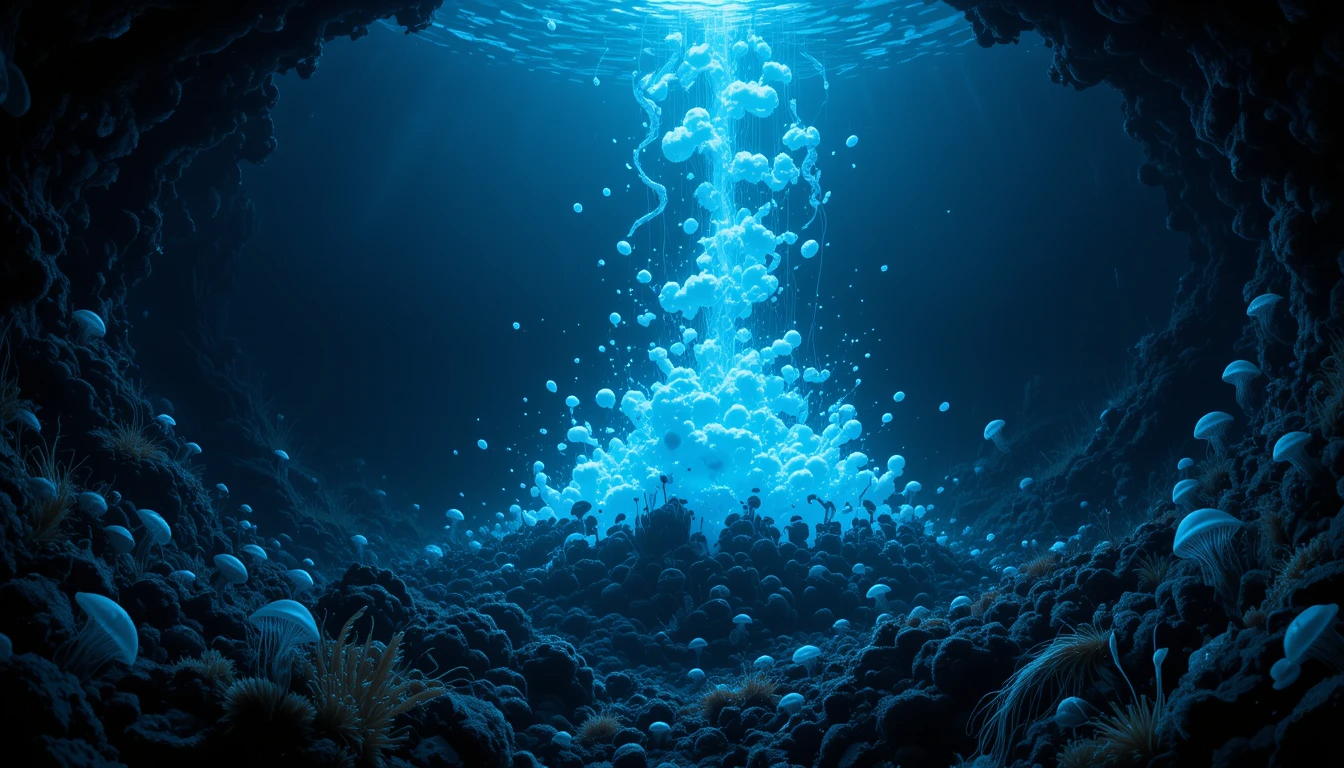Dark Oxygen Pacific Ocean: A Hidden Source of Life
Dark oxygen in the Pacific Ocean is one of the most fascinating discoveries in marine science. Unlike conventional oxygen production—primarily driven by sunlight and photosynthesis—”dark oxygen” emerges in ocean zones untouched by sunlight.
This unexpected oxygen presence in pitch-black waters has profound implications for marine biology, climate science, and our understanding of life’s resilience in extreme environments.
What Is Dark Oxygen?
Dark oxygen refers to oxygen produced in the absence of sunlight. In oceanic terms, it is primarily found in mesopelagic to hadal zones—depths between 200 meters and more than 6,000 meters. In these lightless regions, traditional photosynthesis cannot occur, yet measurable oxygen levels persist. Scientists have found that microbes can create oxygen through alternative biochemical processes.
The Discovery
The phenomenon was first widely recognized during a series of deep-sea studies in the Pacific Ocean, notably near oxygen minimum zones (OMZs). Despite low photosynthetic activity and intense microbial respiration, researchers detected unexpected pockets of oxygen—termed “dark oxygen.”
The Science Behind Dark Oxygen
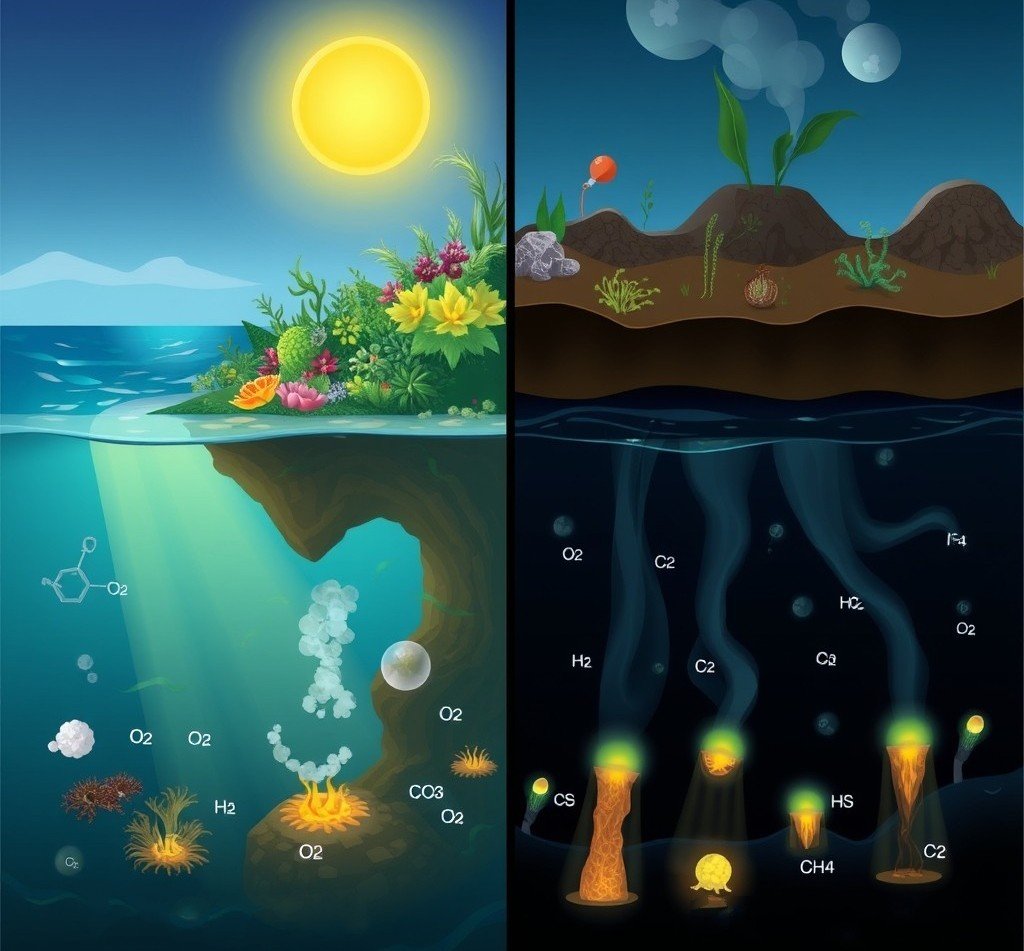
Chemosynthesis vs. Photosynthesis
Most oxygen on Earth is produced through photosynthesis by plants, algae, and cyanobacteria. In contrast, chemosynthesis allows certain bacteria to produce energy and oxygen by oxidizing inorganic molecules such as hydrogen sulfide, ammonia, or methane.
These chemosynthetic microbes thrive near hydrothermal vents and methane seeps, where extreme conditions favor chemical-based energy production.
Microbial Oxygen Production
Researchers discovered that a class of ammonia-oxidizing archaea (AOA) and certain bacteria can generate small amounts of oxygen even in the dark. One proposed mechanism involves nitrite oxidation and nitrogen cycling pathways that yield free oxygen as a by-product.
These organisms not only survive in dark waters but also support entire ecosystems by fueling food chains and participating in vital geochemical transformations.
The Role of Dark Oxygen in Ocean Systems
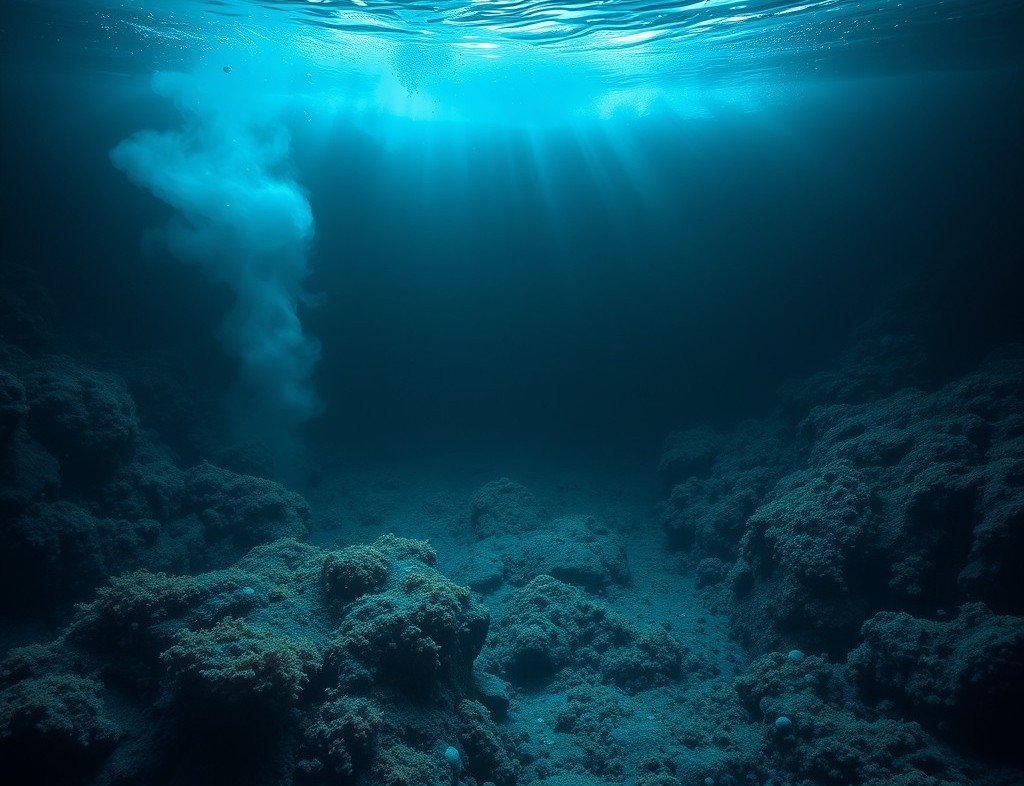
Enhancing Deep Ocean Habitability
Dark oxygen plays a critical role in sustaining life in deep-sea habitats. It provides necessary respiration support for fish, mollusks, and crustaceans that otherwise would suffocate in low-oxygen conditions.
Many organisms that rely on trace oxygen levels are adapted to consume minimal amounts, and the presence of dark oxygen extends their habitable range within OMZs.
Supporting Biodiversity
The production of oxygen in the absence of sunlight contributes to the biodiversity of deep-sea communities. Creatures like the vampire squid and lanternfish inhabit these regions and depend indirectly on microbial oxygen production.
Carbon and Nitrogen Cycling
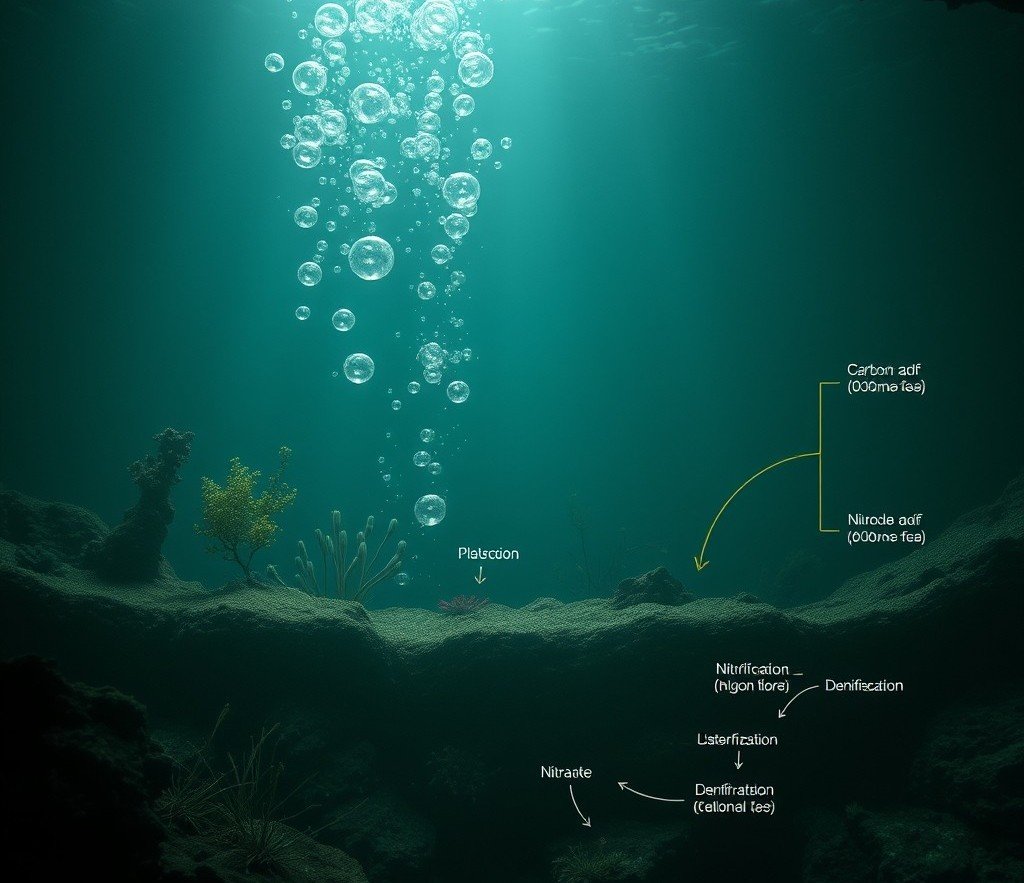
Dark oxygen influences global biogeochemical cycles, especially carbon and nitrogen processing. Oxygen is a key reactant in the degradation of organic carbon and in nitrogen transformations like nitrification and denitrification.
By enabling these cycles to occur in low-light environments, dark oxygen stabilizes ecosystems and contributes to carbon sequestration.
Exploration Technologies
Remote Operated Vehicles (ROVs)
ROVs have been instrumental in identifying dark oxygen zones. Equipped with oxygen sensors, water samplers, and microbial incubators, these robotic submarines collect data from depths unreachable by humans.
Autonomous Underwater Vehicles (AUVs)
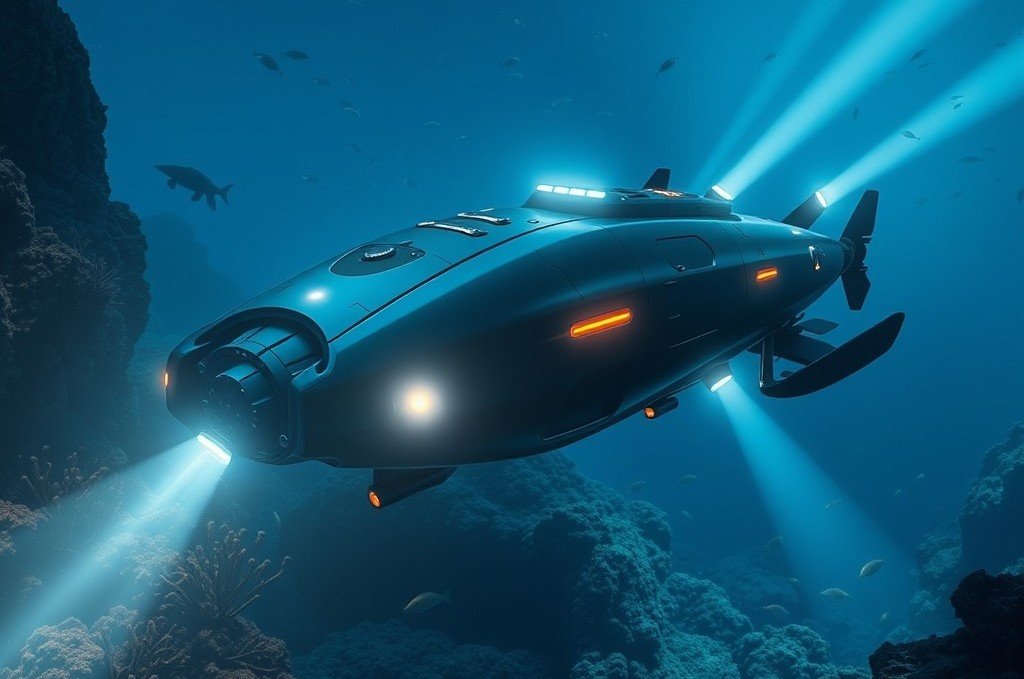
AUVs complement ROVs by performing long-term, wide-area surveys. Their high-resolution sensors have helped locate and map dark oxygen pockets across the Pacific Ocean.
Next-Gen Molecular Tools
Recent advancements in genomics and transcriptomics allow scientists to detect active genes involved in oxygen production. These tools provide insights into which microbial communities are responsible and how they operate in situ.
Environmental and Climate Implications
Buffering Ocean Deoxygenation
As climate change leads to warming and deoxygenation of surface oceans, dark oxygen production offers a buffering mechanism in deeper waters. It supports minimal oxygen levels in OMZs, which are expanding globally.
Climate Feedback Loops
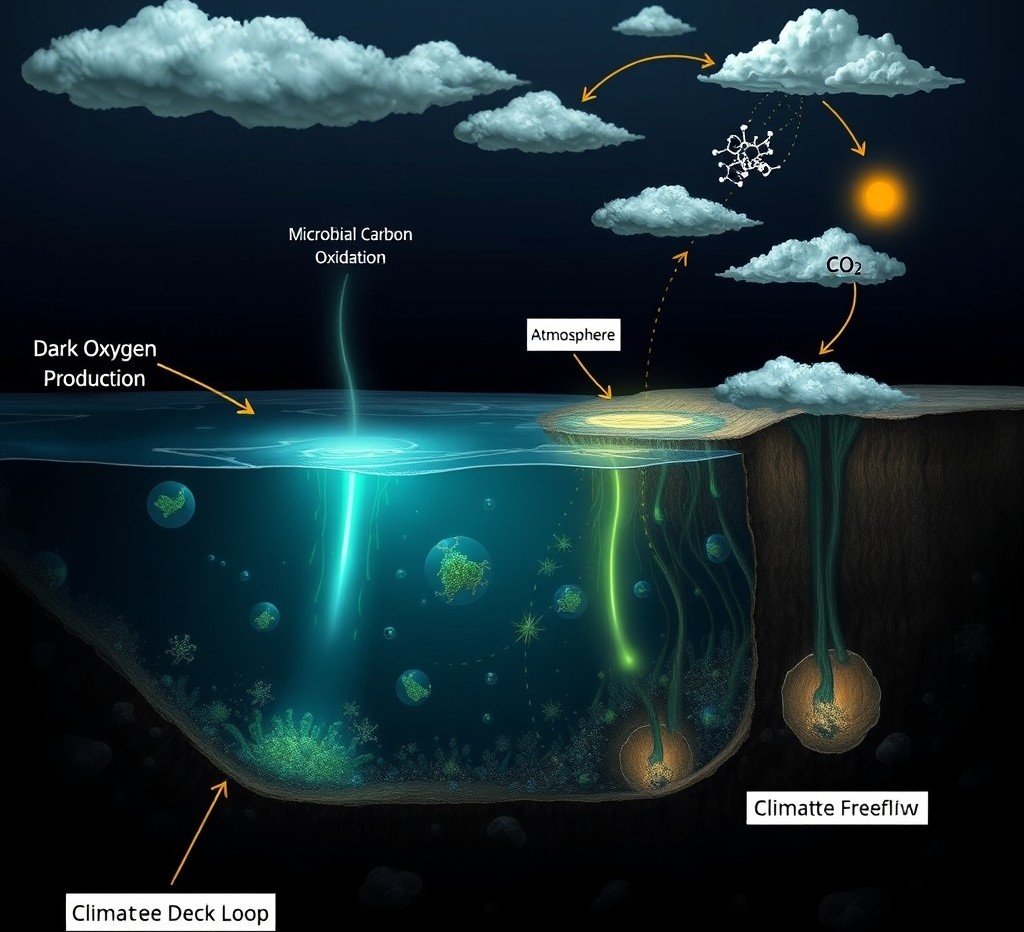
Deep-sea microbes influence the global carbon cycle, which impacts atmospheric CO₂ levels. By enabling the oxidation of carbon compounds, dark oxygen contributes to long-term climate regulation.
Challenges and Uncertainties
Despite promising insights, dark oxygen research faces uncertainties. Measuring ultra-low oxygen levels requires sensitive equipment, and not all mechanisms are well understood. The complexity of microbial ecosystems adds to the challenge.
Human Impacts and Conservation
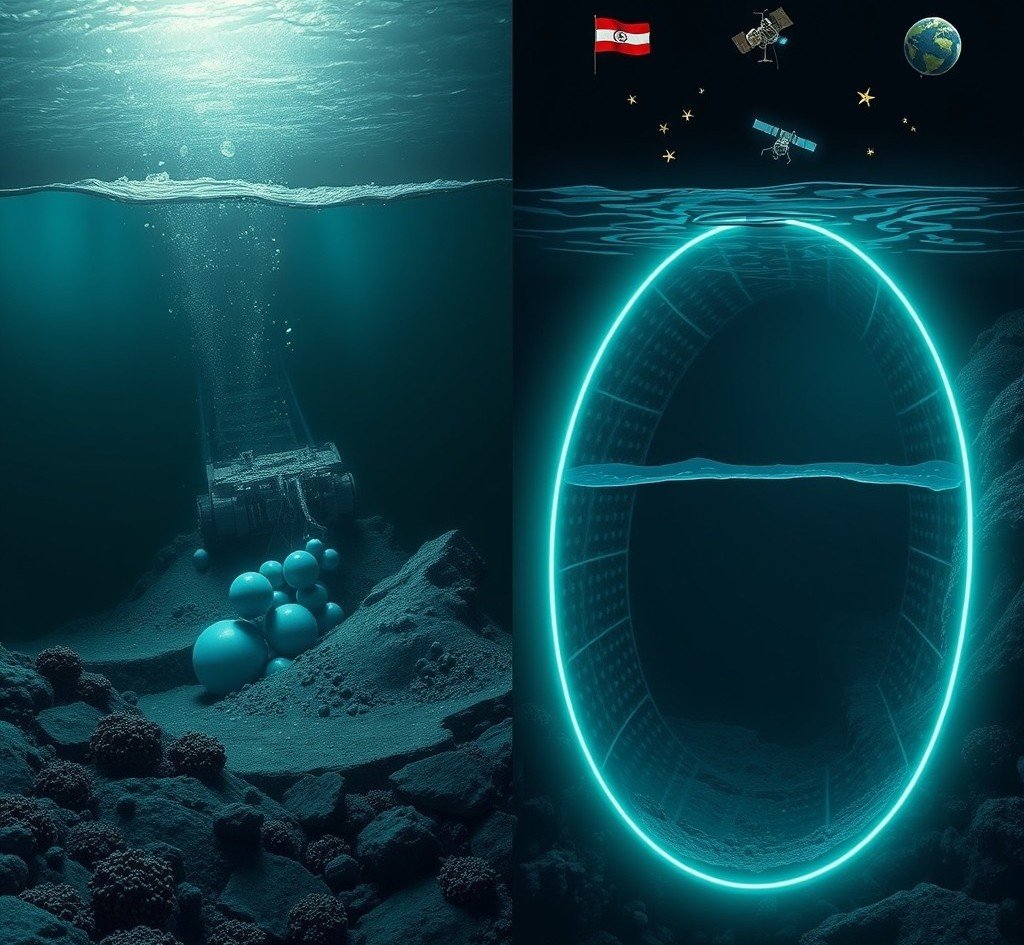
Deep-Sea Mining Threats
Mining for rare earth elements on the ocean floor can disrupt microbial habitats. Disturbing these areas may reduce or eliminate localized dark oxygen production, thereby destabilizing deep-sea ecosystems.
Pollution and Eutrophication
Excess nutrients from coastal runoff can lead to oxygen-depleted zones, affecting deep-sea oxygen dynamics. Though dark oxygen offers some resilience, excessive disruption can overwhelm microbial compensation.
Conservation Measures
Protecting deep-sea ecosystems involves international regulations, marine protected areas, and restrictions on resource exploitation. Investing in microbial ecosystem research also supports long-term conservation goals.
Comparison With Other Oxygen Sources
| Source | Mechanism | Depth Range | Importance |
|---|---|---|---|
| Photosynthesis | Sunlight-driven | 0-200m | Major oxygen source |
| Chemosynthesis | Chemical energy | 200m+ | Supports dark life |
| Dark Oxygen | Microbial pathways | 200m+ | Fills oxygen gaps in OMZs |
While photosynthesis dominates the surface ocean, dark oxygen complements it in lightless depths, enabling a more comprehensive marine oxygen cycle.
Conclusion
The discovery of dark oxygen in the Pacific Ocean reveals a hidden layer of complexity in our planet’s biosphere. This oxygen, created without sunlight, sustains deep-sea life, influences major biogeochemical cycles, and may even help buffer climate change impacts. As exploration continues, our understanding of this mysterious process will deepen, offering insights into both Earth’s present and the potential for life beyond our planet.
FAQ’s
. What is the dark oxygen ocean?
A “dark oxygen ocean” refers to deep ocean zones where oxygen is produced without sunlight, likely through microbial or chemical processes. This discovery challenges the belief that oxygen production only occurs near the surface via photosynthesis.
2. Why is the Pacific Ocean dark?
The Pacific Ocean is dark in its deeper zones because sunlight cannot penetrate beyond ~1,000 meters. This creates an aphotic zone where photosynthesis is impossible.
3. What is dark air in the ocean?
“Dark air” is a poetic term sometimes used to describe oxygen present in deep waters without being produced by light-dependent processes. It implies mysterious or hidden oxygen sources in the ocean depths.
4. What is the new dark oxygen discovery?
Scientists found oxygen being produced in the deep ocean without sunlight, likely by microbes using nitrogen compounds. This discovery could reshape how we understand life and oxygen cycles in the ocean.
5. What is the dark secret of the Pacific Ocean?
The “dark secret” often refers to mysterious ecosystems or undiscovered oxygen sources in its deep regions. It symbolizes how much of the ocean remains unexplored and poorly understood.
